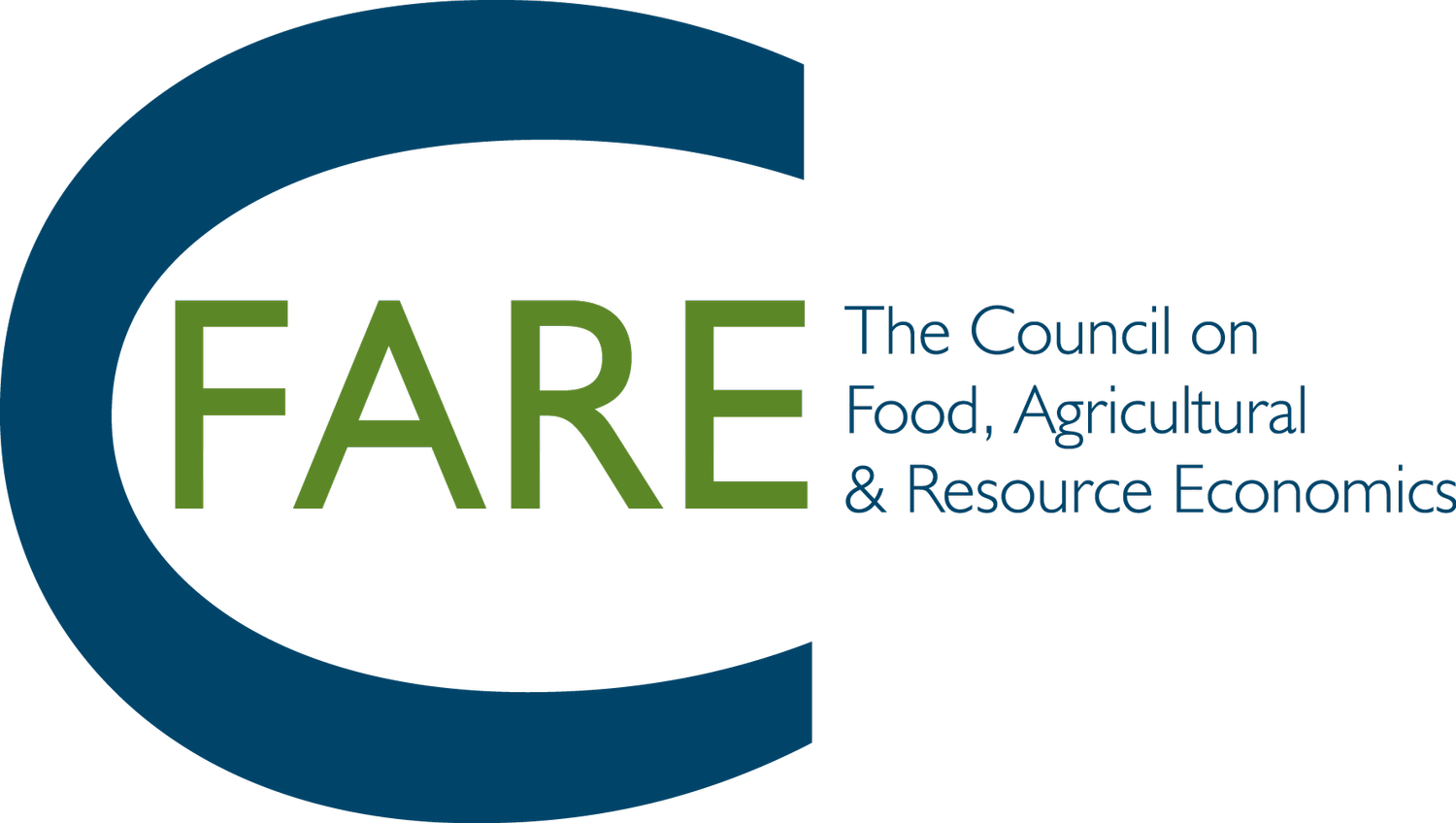Envisioning food and agricultural data for the future: Engaging communities to identify trusted data
This webinar focuses on how to respond to the changing data landscape that is likely to affect food and agricultural research. As uncertainty grows about the availability of federally produced data, our community may need to build ways of identifying what other sources of data can be trusted for research purposes.
The challenge is that “trusted data” need to reflect more than the way the data are produced–such as accurate or well-documented—they need to be data that are fit for purpose. Data are trusted when they can be used to answer a specific question or support a decision with confidence. This includes being timely, accessible, appropriately detailed, and relevant to the context in which they’re used. For example, someone studying food access might need localized retail data, while another researcher working on SNAP participation may need detailed administrative records that capture variation in eligibility and program take-up. The same dataset might be useful in one setting but insufficient in another, and yet both needs center around the desire to understand factors driving food security. That distinction—between data that are available and data that are usable for a given task—is central to this conversation.
Lauren Chenarides - Envisioning food and agricultural data for the future: Engaging communities to identify trusted data
Lauren Chenarides opened the webinar by describing how uncertainty in access to public datasets—like those from the Census, EPA, and BEA—is affecting researchers and decision-makers. Referencing poll results from webinar participants, she emphasized how loss of access to trusted data is not a theoretical concern but a lived reality. She showed that while key federal datasets are heavily relied upon, they appear in only a small fraction of research publications on topics like food insecurity, indicating that researchers are turning to alternative sources.
She highlighted both the appeal and limitations of these non-federal datasets—such as licensing restrictions, unclear documentation, and inconsistent standards. Chenarides argued that trust in data depends not only on technical fundamentals (like clear documentation and accessibility) but also on contextual fitness: data must be relevant and interpretable for the specific questions being asked. Drawing from examples like the Longitudinal Employer Household Dynamics (LEHD) program, she advocated for building data infrastructure from the ground up, starting with the problems that need to be solved.
Nick Pallotta – Democratizing Data
Nick Pallotta described how USDA’s National Agricultural Statistics Service (NASS) is improving its understanding of data usage through an AI-powered dashboard. Traditionally, NASS responded to the question “who uses our data?” with general categories like researchers or farmers. Now, using data from Dimensions and other publication databases, the agency can trace data usage down to specific institutions, topics, and authors—including many participants on the webinar itself.
He demonstrated how the dashboard allows filtering by university, dataset, or research topic—for example, identifying publications from the University of Florida using NASS data on farmed whitetail deer. Pallotta noted that this capability enables NASS to better connect with its users, including researchers and farmers, by making visible how their data contributions are used. He expressed interest in applying this approach to other communities, like Extension, to deepen engagement and transparency around data value and impact.
Mark Locklear – Extension Foundation
Mark Locklear introduced Extension Bot, a conversational AI tool trained exclusively on Cooperative Extension materials. He explained that Extension Bot is designed similarly to ChatGPT, but with a “bespoke set of curated data” limited to extension-specific resources. Built using a Retrieval-Augmented Generation (RAG) pipeline, the tool allows users to ask questions and receive contextually relevant, citation-backed answers drawn from fact sheets, publications, and educational materials from land-grant institutions.
Locklear noted that the current user base includes internal Extension professionals and the general public, though broader exposure is limited by institutional caution around AI use. He also shared how Extension Bot supports tools like Ask Extension by assisting experts in drafting responses. Locklear emphasized that trusted data sources reduce hallucination risks in AI responses and described Merlin, a centralized data management platform that feeds Extension Bot and can support other AI tools in the future. Despite its modest budget, the system shows strong potential as a scalable, transparent tool for agricultural outreach.
Julia Lane – Democratizibng Data at Work – Data Explorer (Digital Science) - National Data Platform
Julia Lane concluded the panel with an overview of two infrastructure projects that expand on the ideas presented. First, she discussed the forthcoming version of the Dataset Explorer, built on Dimensions and other publication databases. This tool has been updated based on community feedback—particularly through workshops led by Lauren Chenarides—and will allow users to contribute their own information to help identify data being used in food and agricultural research.
Second, she introduced the National Data Platform (NDP), a federated infrastructure project supported by the National Science Foundation and led in partnership with institutions like the San Diego Supercomputer Center. Lane emphasized that the NDP is researcher-driven and designed to help communities assess trust in data through contextual metadata and usage patterns. She encouraged engagement from the food and agriculture community and highlighted the NDP’s potential to serve as a convening space for researchers, data providers, and students. Both tools aim to elevate data as a “first-class asset” that is discoverable, interpretable, and valuable across disciplines.
This program is supported in part by the Agricultural and Applied Economics Association and the US Department of Agriculture’s Economic Research Service, and the National Agricultural Statistics Service.
Those who register but cannot attend our webinar can always view a recording of it later at the council’s YouTube channel.
